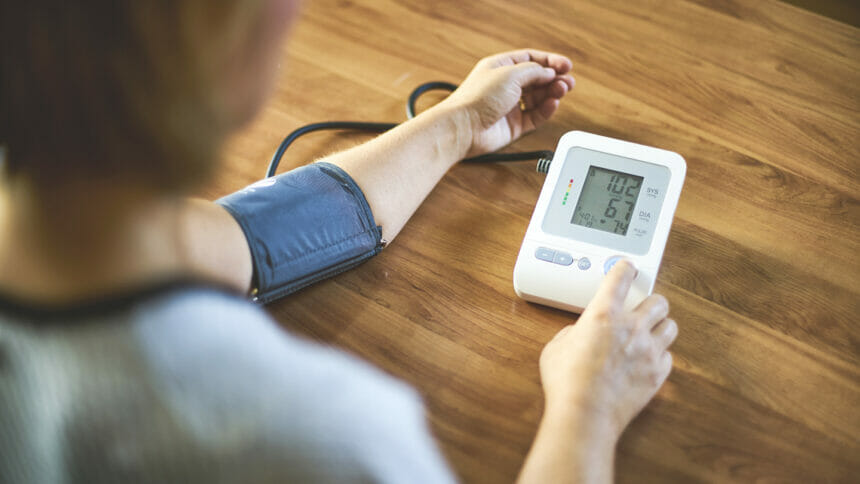
In-home blood pressure tests can be a cost-effective way to monitor and prevent heart disease, especially for groups disproportionately affected by cardiovascular health problems, according to a study in the American Journal of Preventive Medicine.
Bringing blood pressure monitoring into the home was found to save money and time for participants, reducing stroke risk by 3.8% and healthcare costs by 4.4%, or $7,794, on average over 20 years. Traditionally, monitoring has been done in clinics, which the researchers say has drawbacks. Patients may not have easy access to clinical care, for example, or they might experience “white coat” or “masked” blood pressure results. This means their measurements during testing are different from their normal blood pressure, according to a news release.
Moving tests into the home, said Yan Li, PhD, a co-lead of the study, “facilitates early detection, timely intervention, and prevention of complications, leading to improved control and better health outcomes.”
The savings and benefits were found to be even greater for Blacks, Hispanics and people living in rural areas who tend to have a higher rate of cardiovascular issues such as hypertension, myocardial infarction and stroke, according to the study. For these people, in-home tests can reduce health disparities, the researchers said.
People living in rural areas, they said, often exhibit higher rates of hypertension due to barriers to accessing primary care or even healthy food.
“Rural residents had fewer healthy behaviors because they had lower percentages of eating a healthy diet, being physically active, or smoking than urban residents,” according to the study. The link between food insecurity and heart disease was also studied in 2022 by the American Heart Association, which found that Black and Hispanic people are more likely to live in a food desert and thus experience conditions like high blood pressure.
Performing blood pressure monitoring in the home could be a step in the right direction.
“Considering the persistent health disparities in cardiovascular health, it is very important to advocate for the widespread adoption of effective and cost-saving strategies,” said Donglan Zhang, PhD, another lead researcher in the study. “Home blood pressure monitoring empowers patients to take a more active role in managing their chronic conditions.”

